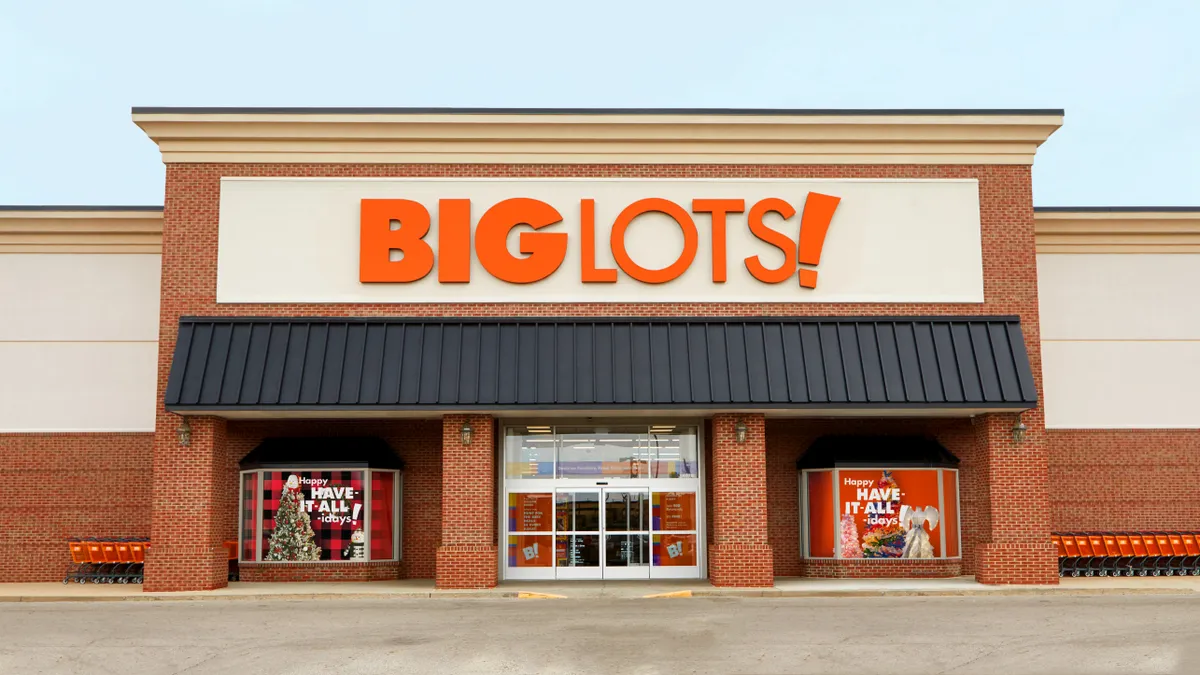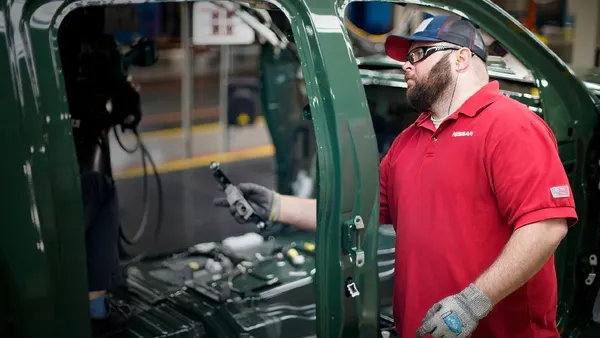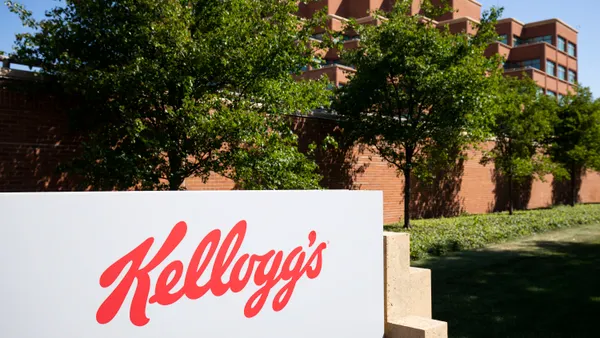When Big Lots began evaluating its import penetration by category, it became clear that there were additional sourcing opportunities and capabilities, Kevin Kuehl, SVP and general merchandise manager, told Supply Chain Dive in an interview.
Kuehl has been leading the effort to expand the retailer’s sourcing network since the start of his role nine months ago.
Evaluating its import processes and procedures got the “ball rolling” to strategically open two in-house buying offices in Vietnam, and Shanghai, Kuehl said.
“We've been importing products from Asia through a third-party agent, and it was kind of precipitated by my oversight that we should be looking at owning and operating our own overseas facilities,” he said.
Reducing costs, strengthening product sourcing
Sourcing through a third-party agent came with commission-based fees for the retailer, Kuehl said. The flat commission rate was not only an added cost but came with limited incentive for cost of goods reduction, he added.
By shifting to a self-operating sourcing strategy, Big Lots can avoid excess fees and expand its resource base and have their own professional buyers negotiate on their behalf.
In-house sourcing also drives operational efficiency in addition to cost savings, Vijay Kasi, partner in the strategic operations practice of Kearney, a global management consulting firm, said in an email to Supply Chain Dive.
“While [the buying offices in Asia] provide access to less costly local talent, beyond labor arbitrage, they provide greater control and visibility and help streamline processes and improve quality standards,” Kasi said.
With 30 staff in Shanghai and 10 in Ho Chi Minh City, the buyers “will be on the ground within an hour or two hours [from] 90% of our imported resources,” Kuehl said.
By “sourcing and procuring product on our behalf and negotiating cost of goods, it absolutely provides us with a much stronger competitive advantage when we’re buying and procuring product,” he added.
Building a supply base in a crucial region
Big Lots relies heavily on imports coming from China and Vietnam — with 90% of imports coming from Southeast Asia. Sourced goods include furniture, decor and home textiles categories, Kuehl said.
China and Vietnam are central hubs for these types of commodities and Big Lots’ new offices bring the retailer closer to the vendor community and manufacturing facilities.
“It’s worth noting that the role of an in-house buying office is not limited to only sourcing. It can also shape and develop the supply market,” Kearney’s Kasi said. “This can include scaling, promoting technology adoption, establishing required quality standards, and more.”
Over time, the buying offices will develop and shape suppliers by helping them scale their operations and help them increase quality, Kasi said.
That's a task third-party agents are capable of doing, according to Kasi. However, when it comes to developing the supplier ecosystem — such as building capabilities, developing partnerships and introducing quality standards — it’s more critical to have in-house teams closely managing the buying activity.
In-house buyers will also drive country diversification as well as logistics operations to support procurement and product shipments, Kuehl said.
The Asia-based buying offices, which are the retailer’s first self-operated buying locations, are just the beginning of Big Lots’ journey as it looks to actively expand its in-house sourcing network, Kuehl said despite declining to provide specific locations.
Currently, the retailer works exclusively with two outside sourcing agencies in Delhi, India, in addition to a third-party-operated office in Europe, Kuehl said.















